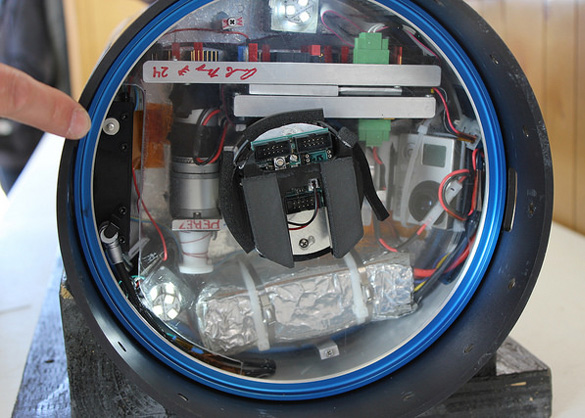Suborbital Test of a Robotics-Based Method for In-Orbit Identification of Spacecraft Inertia Properties
PI: Ou Ma, New Mexico State University
PI: Ou Ma, New Mexico State University

- TA09 Entry, Descent and Landing Systems
No further information available.
In the project a group of undergraduate students from Aerospace, Mechanical and Electrical Engineering of New Mexico State University (NMSU) will design and develop a flight experiment system which will automatically eject a flight unit when the launch vehicle reaches 0-G phase and re-capture it when the 0-G phase is about to end. After the ejection, a small robotic arm onboard the flight unit will move around, causing attitude and angular velocity changes. The flying unit (representing a flying satellite) will measure and record the resulting 3D motion data including video images while it flies within the experiment compartment. The flight data will then be analyzed for identifying the inertia parameters of the flying unit. To assess the accuracy and performance of the tested inertia identification method, the values of the inertia parameters identified from the flight data will be compared to those independently measured using other experimental methods such as the air-bearing based and pendulum-based tests.

Technology Details
-
Selection DateNRA-1-APP-A (Jul 2012)
-
Program StatusCompleted
- 2 sRLV
Development Team
-
PIOu Ma
-
Organization
-
SponsorNew Mexico State University

